How to Discipline a Child With ADHD
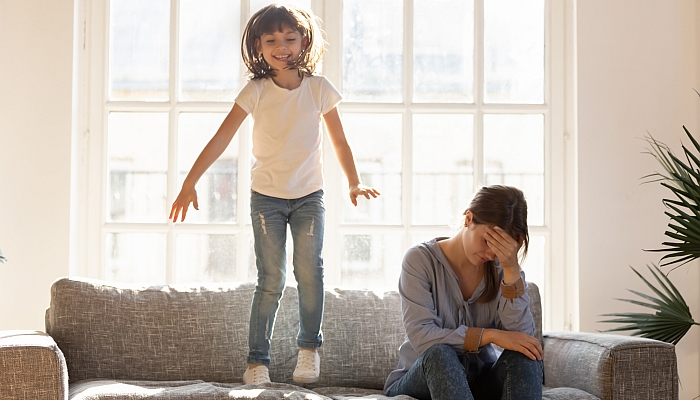
- When disciplining a child with ADHD it is important to remember that not all of their challenging behaviors are within their control.
- Discipline strategies for ADHD include setting clear expectations, breaking down instructions, and giving children space when they are overwhelmed.
- Praising positive behaviors is as important as addressing challenging behaviors for kids with ADHD.
I ask my child to go upstairs, change out of his sports uniform, put his clothes in the hamper, and get his school bag so we can check his school assignments. Fifteen minutes later he’s upstairs, still in uniform, shooting balls into the mini hoop in his room.
When I remind him that I’m downstairs waiting, he finally arrives, still in his filthy uniform, schoolbag in hand, overflowing with loose papers. Thirty minutes after my first instructions, we sit down to look at his homework, only to discover that he left a book he needs at school.
You’ve probably guessed that my son has ADHD. Episodes like this are frustrating, even maddening, for both of us, but I now know that they don’t happen because he’s defiant or lazy. They happen when he gets distracted by too much information in the environment and when I forget to set clear expectations and break things down for him.
Disciplining a child with ADHD is less about punishment for bad behavior and more about providing support to your child to help them learn to function in a world that is overwhelmingly distracting to them.
What Is ADHD?
ADHD, or attention deficit hyperactivity disorder, is a common neurodevelopmental disorder among children. It is characterized by difficulty with focus and difficulty controlling impulsive behavior.
If a child has predominantly inattentive ADHD, they are easily distracted, forgetful, and may have difficulty following instructions or conversations. A child with predominantly hyperactive ADHD may be extremely physically active, fidgety, and impulsive. They may become frustrated easily leading to defiant or aggressive behavior. A diagnosis of combined type ADHD includes elements of inattention and hyperactivity.
ADHD is often diagnosed alongside other conditions like autism, learning disabilities like dyslexia, and sensory processing disorder.
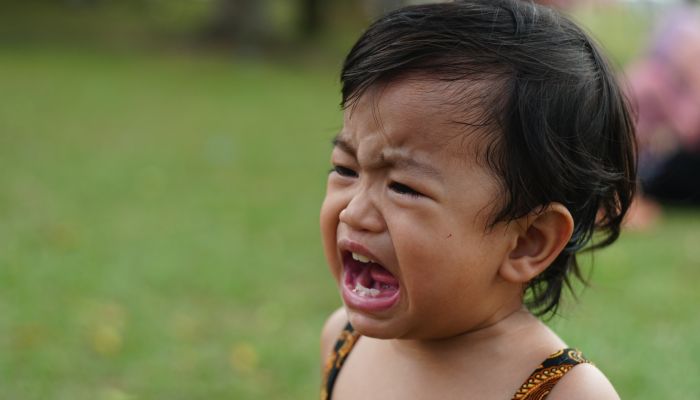
What Are the Signs of ADHD in a Child?
Many kids have occasional difficulty with focus and impulse control. However, according to Erica Laub, a licensed clinical social worker who specializes in child development and ADHD, “Most neurotypical children display bouts of these behaviors from time to time, but for children who have ADHD, these signs have a greater impact on their overall functioning and seem persistent.”
The American Psychiatric Association notes that kids with ADHD have greater difficulty with focus and impulsivity for their age. These difficulties can negatively impact family life, academic performance, and personal relationships.
ADHD is diagnosed in children around ages three to seven. However, many parents of ADHD kids will tell you that they noticed in infancy that their babies were easily overstimulated or extremely active.
ADHD symptoms include:
- Daydreaming
- Forgetting or losing things easily
- Fidgeting or squirming, especially when they need to focus
- Talking a lot
- Blurting out thoughts that may not be relevant to the situation
- Frequently interrupting others
- Making careless mistakes and taking unnecessary risks
- Difficulty taking turns
- Trouble paying attention
- Disorganization
- Difficulty following and remembering instructions
- Trouble getting along with others
Behavioral Problems in Children With ADHD
Children with ADHD may engage in challenging behaviors especially when they are faced with things they find difficult. They may forget or muddle instructions, lose things constantly, appear not to listen, and have social anxiety in situations like birthday parties.
While all children have tantrums at some point, Laub says that for ADHD kids, “their difficulty with listening or processing can be extremely frustrating for parents. If your child drifts and is bored easily, they may show their own frustration by crying, yelling, or even becoming aggressive.”
An ADHD child may be more prone to emotional outbursts and sensory meltdowns because of their challenges with self control and processing information in their environment.
Trouble with taking turns, frequently interrupting people, and being overly physical or aggressive with other kids can also lead to difficulty in forming friendships for an ADHD child.
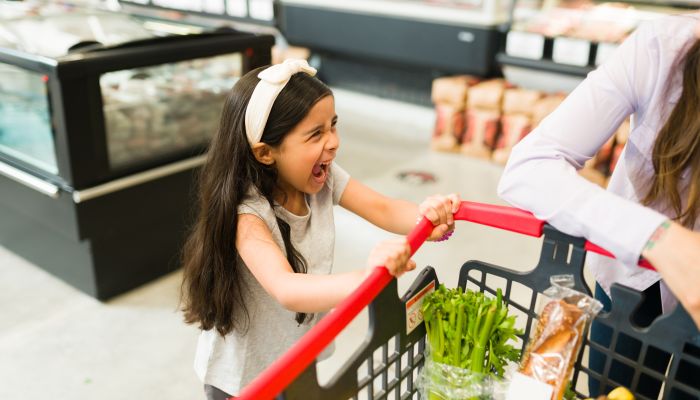
Tips for Disciplining a Child With ADHD
Discipline should be a way of teaching your child what it is expected of them and how to behave. Harsh punishments for behavior that is not within your child’s control will not help teach them to manage impulses or make better choices. Parenting an ADHD child often means separating the behavior from the child and looking deeper to the person within to find out why your child reacts to the world the way they do.
Discipline strategies for your ADHD kid should acknowledge that they will need more guidance and support than neurotypical kids do in their daily activities. Morning routines, chores, and homework which may come naturally to other children can be totally overwhelming to your child’s ADHD brain.
Ask yourself, is your child forgetting to brush their teeth every morning because they are being defiant? Or is it because they are too distracted and just can’t remember all the things they are supposed to do every morning?
If you find yourself getting frustrated every day because your child doesn’t seem to listen to you or to do what is expected of them, try some of these parenting strategies to discipline a child with ADHD:
Praise Good Behavior
Kids with ADHD tend to have more behavior problems in school and at home than neurotypical children. As a result, they receive more negative attention. Even if that attention is delivered gently and is intended to help them, it can feel like there is a spotlight on them only when they’ve done things wrong.
Whenever possible, praise your child’s efforts for the things they do right. Praising their positive behaviors is just as important as disciplining their negative behaviors. Highlighting your child’s behavior when they have stayed on task and done well will help them improve and will reinforce positive behaviors in the future.
It will also have a positive impact on their mental health and improve their self-esteem, an area where many kids with ADHD struggle.
Give Clear and Concise Instructions
Kids with ADHD may need more assistance when following commands. Because they have short attention spans, they often don’t hear instructions the first time they’re given. They also struggle to remember chains of instructions or multiple commands given at once.
Start by getting your child’s attention and making eye contact, and then issue instructions one at a time. Avoid giving overly general instructions such as, ‘Wash the dishes.’”
Instead, assign tasks one at a time, or provide a checklist, such as emptying the clean dishes from the dishwasher and putting them away, rinsing and placing the dirty dishes in the dishwasher, turning it on, and wiping down the counters. Ask your child to repeat the steps back to you to help them remember everything they heard.
Develop Routines and Checklists
Kids with ADHD often get in trouble with adults when they forget to do daily chores and homework. To avoid frustration for the whole family, create checklists of things that need to be done each day that your child can reference to stay on track.
Teach them how to stay organized by using a planner for school assignments. Create a routine and a location for doing homework.
Help kids keep their rooms and toys organized by using clear bins and labels so they can see and remember where things belong.
Reinvent the Time Out
Time outs are a discipline staple in many households, most often as a punishment for young toddlers for negative behavior. Alternatives to time outs encourage kids to think about their behavior, express their emotions, and understand how their actions affect others. For kids with ADHD who may get overwhelmed in social situations or exhausted by the amount of information they are processing, a positive time out can be a tool for taking themselves out of a stressful situation. A space in the home where your child can go for quiet time to decompress and handle their emotions can help diffuse tantrums and anxiety.
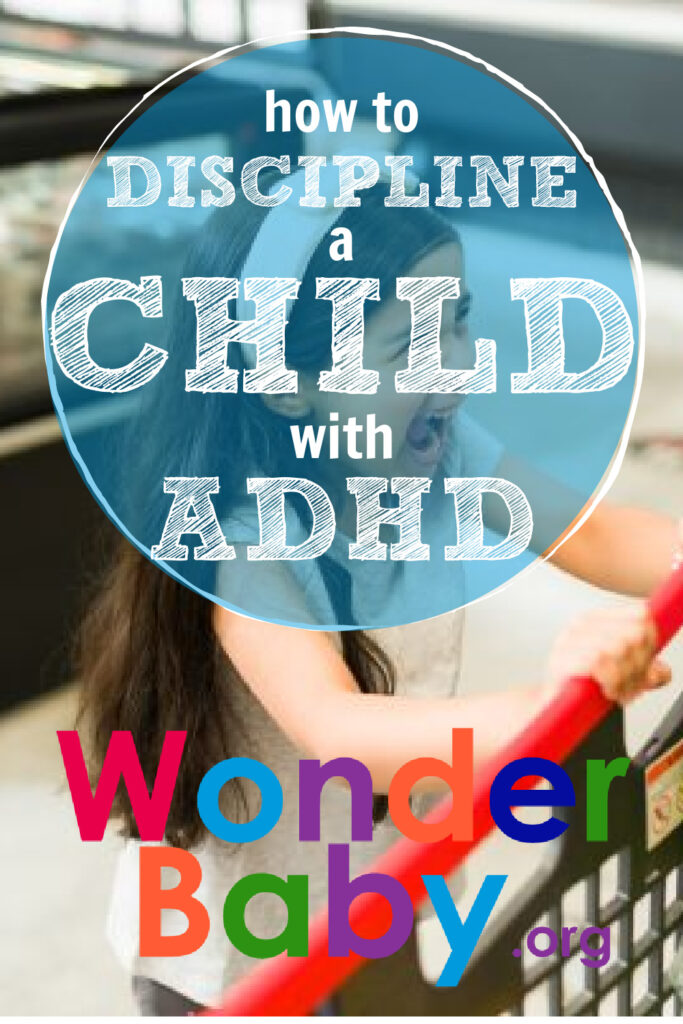
The information WonderBaby provides is not intended to be, and does not constitute, medical or other health advice or diagnosis and should not be used as such. Always consult with a qualified medical professional about your specific circumstances.
Related Posts
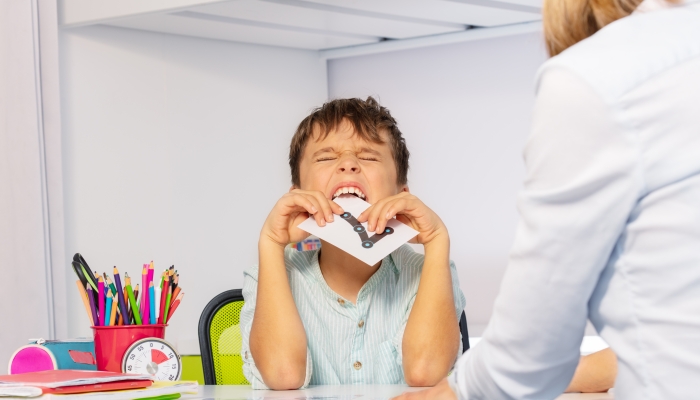
Behavior
Understanding Intermittent Explosive Disorder in Children
Are you worried about your child’s unexpected aggression and explosive behaviors? Learn how to support a child with intermittent explosive disorder.

Behavior
5 Emotional Regulation Activities for Kids
Want to teach your child how to regulate emotions? Here are emotional regulation activities for kids that can help!
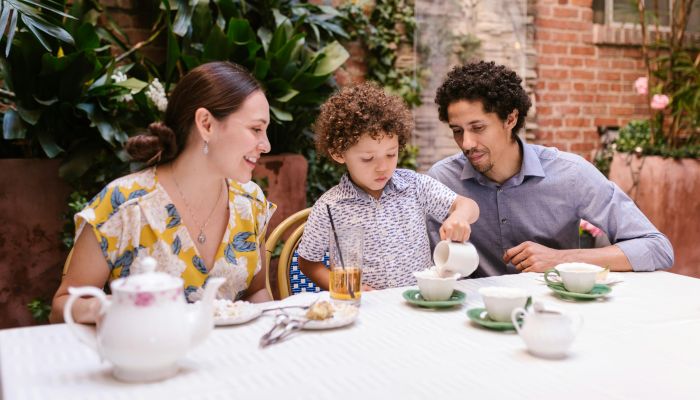
Behavior, Special Needs
5 Tips for Dining Out with Children Who Have Sensory Sensitivities
Worried about dining out with sensory sensitivities? Try these tips for less stress and more fun the next time you take your family out to eat.